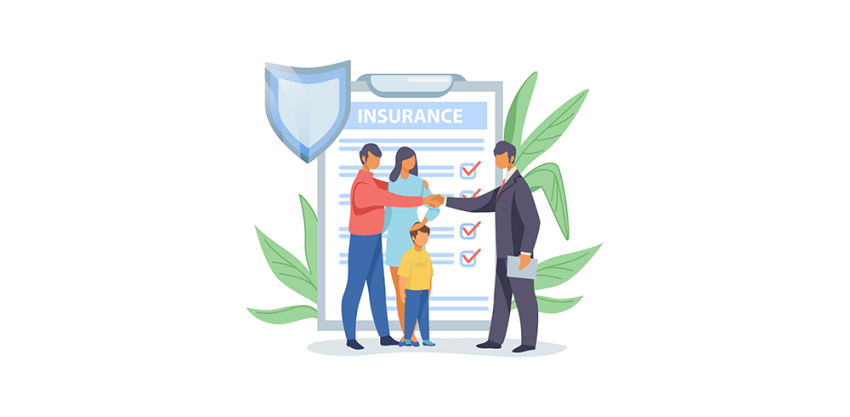Loan and Insurance – Pillars of Financial Security and Growth
In today’s dynamic financial world, loans and insurance are two critical components that play a vital role in shaping individual and societal well-being. Both serve different but complementary purposes—loans enable individuals and businesses to meet their financial needs and pursue opportunities, while insurance provides protection against unforeseen risks and losses. Together, they form the backbone of sound financial planning and risk management.
Understanding Loans
A loan is a financial arrangement in which a lender provides money to a borrower, who agrees to repay the amount over a period of time, usually with interest. Loans can be categorized into various types based on purpose: personal loans, home loans, education loans, vehicle loans, and business loans. Each type serves a specific need and has its own set of eligibility criteria, interest rates, and repayment terms.
Loans are essential for achieving major life goals such as buying a home, pursuing higher education, starting or expanding a business, or covering emergency expenses. Financial institutions assess the borrower’s credit score, income, repayment capacity, and sometimes require collateral before approving a loan. Responsible borrowing and timely repayments also help individuals build a strong credit history, which is crucial for future financial dealings.
Understanding Insurance
Insurance, on the other hand, is a financial product that protects individuals or entities from potential financial losses arising from unforeseen events such as accidents, illnesses, natural disasters, theft, or death. In exchange for a premium, the insurance company agrees to compensate the policyholder or beneficiary under specific conditions.
There are various types of insurance to cater to different needs, such as life insurance, health insurance, motor insurance, property insurance, and travel insurance. Insurance provides peace of mind by reducing the financial impact of risks. For example, health insurance covers medical expenses, while life insurance provides financial security to a family in the event of the policyholder’s death.
The Interconnection
Loans and insurance are interconnected in many ways. For instance, when you take a home loan, lenders often require you to take a home insurance policy to protect the property. Similarly, a loan protection insurance policy can cover your outstanding loan repayments in case of disability, job loss, or death. This ensures that the borrower’s family is not burdened with debt during difficult times.
Moreover, having adequate insurance coverage also improves financial eligibility for loans, as it reduces risk from the lender’s perspective. Insurance complements loans by safeguarding the asset acquired through borrowed money.
Conclusion
Both loans and insurance are essential financial tools that help individuals and businesses manage their finances wisely. While loans provide the capital to achieve personal and professional goals, insurance acts as a safety net against unpredictable events. Understanding their features, benefits, and proper usage can lead to better financial decisions and long-term stability. In a world full of uncertainties, balancing borrowing with adequate risk protection is key to achieving financial security and peace of mind.
